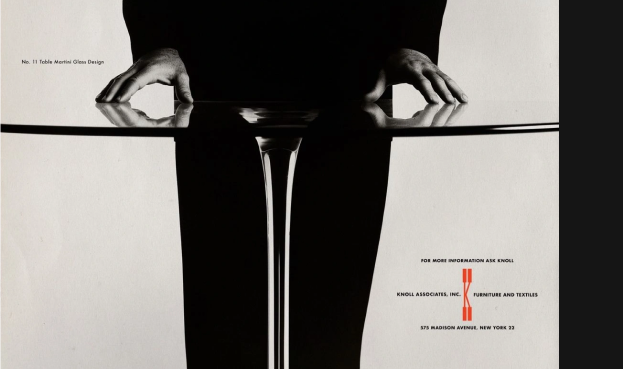.webp)


In the age of rapid digital expansion, the internet has become both a vital tool and a hidden source of environmental impact. Every website visit, image load, or video stream consumes energy — and together, they form a global network that requires enormous power to sustain. This is where sustainable web design steps in: a movement redefining how websites are created, hosted, and experienced.
What is Sustainable Web Design?
Sustainable web design is about building digital products that are fast, efficient, and environmentally responsible. It’s not only about using green servers or renewable energy but also about how websites are designed and coded.
A sustainable website:
- Loads quickly and uses minimal data
- Employs optimized images and clean code
- Avoids unnecessary animations or heavy scripts
- Uses typography and colors that are both accessible and energy-efficient (for example, dark backgrounds on OLED screens consume less power)
This approach doesn’t just help the planet — it improves user experience. A fast, lightweight website feels more natural, inclusive, and respectful of users’ time and devices.
Design Reflects Responsibility
Just as architecture has embraced eco-thinking, digital design is starting to follow. A sustainable designer considers the life cycle of a website: from design and development to hosting and user interaction. The focus shifts from more features to better function. It’s design that respects both technology and nature — proving that minimalism can be powerful, and beauty can coexist with responsibility.
Examples of Sustainable Web Design in Practice
To see this philosophy in action, several companies around the world have built their entire practice on ecological and efficient design principles:
- Ekoe Green (Canada) — focuses on helping small businesses build fast, lightweight, and eco-friendly websites. Their static-first approach reduces carbon emissions by up to 95%.
ekoe.green - Sustainable WWW (Europe) — creates ultra-light, energy-efficient websites that minimize data transfer without compromising aesthetics or usability.
sustainablewww.com Oo! By the way. These guys from Sweden, Gothenburg. Close with us :-)
- Conlumina (United Kingdom) — a UK-based agency specializing in high-performance, sustainable web solutions that prioritize accessibility, longevity, and energy efficiency.
conlumina.com






